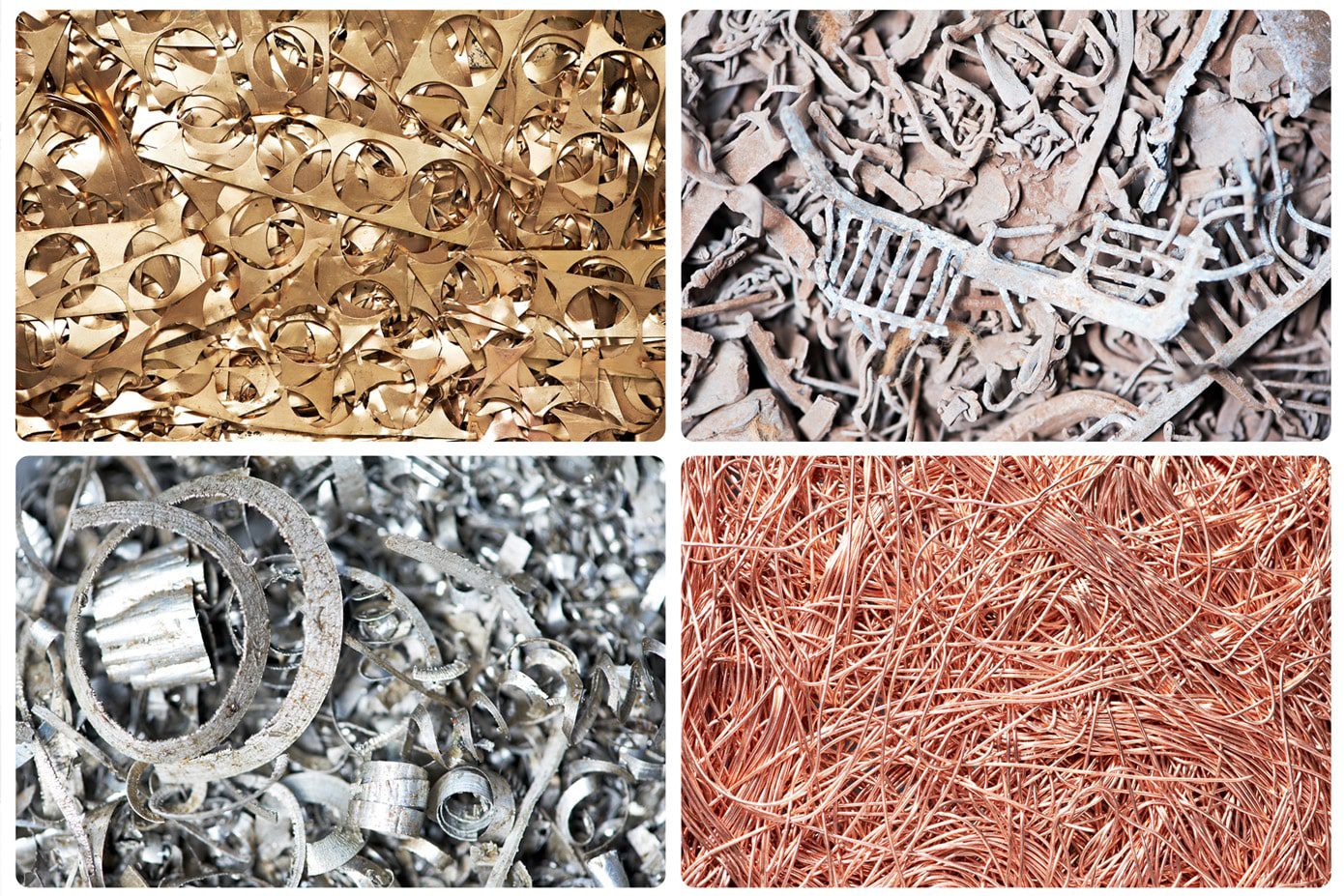
Difference between ferrous & nonferrous metals Selmach™
When a metal is defined as non-ferrous it means that it does not have a significant amount of iron in its chemical composition. Note the word "significant"; nearly all metal alloys have some trace, or non-significant, amount of iron in their composition. This does not make them ferrous alloys though. Non-ferrous alloys generally have iron.

Nonferrous Metals List Science Struck
Other non-ferrous metals, including chromite, pyrolusite and wolframite, are used to make ferrous alloys. However, many non-ferrous metals have low melting points, making them less suitable for applications at high temperatures. There are a large number of non-ferrous materials, covering every metal and alloy that does not contain iron.
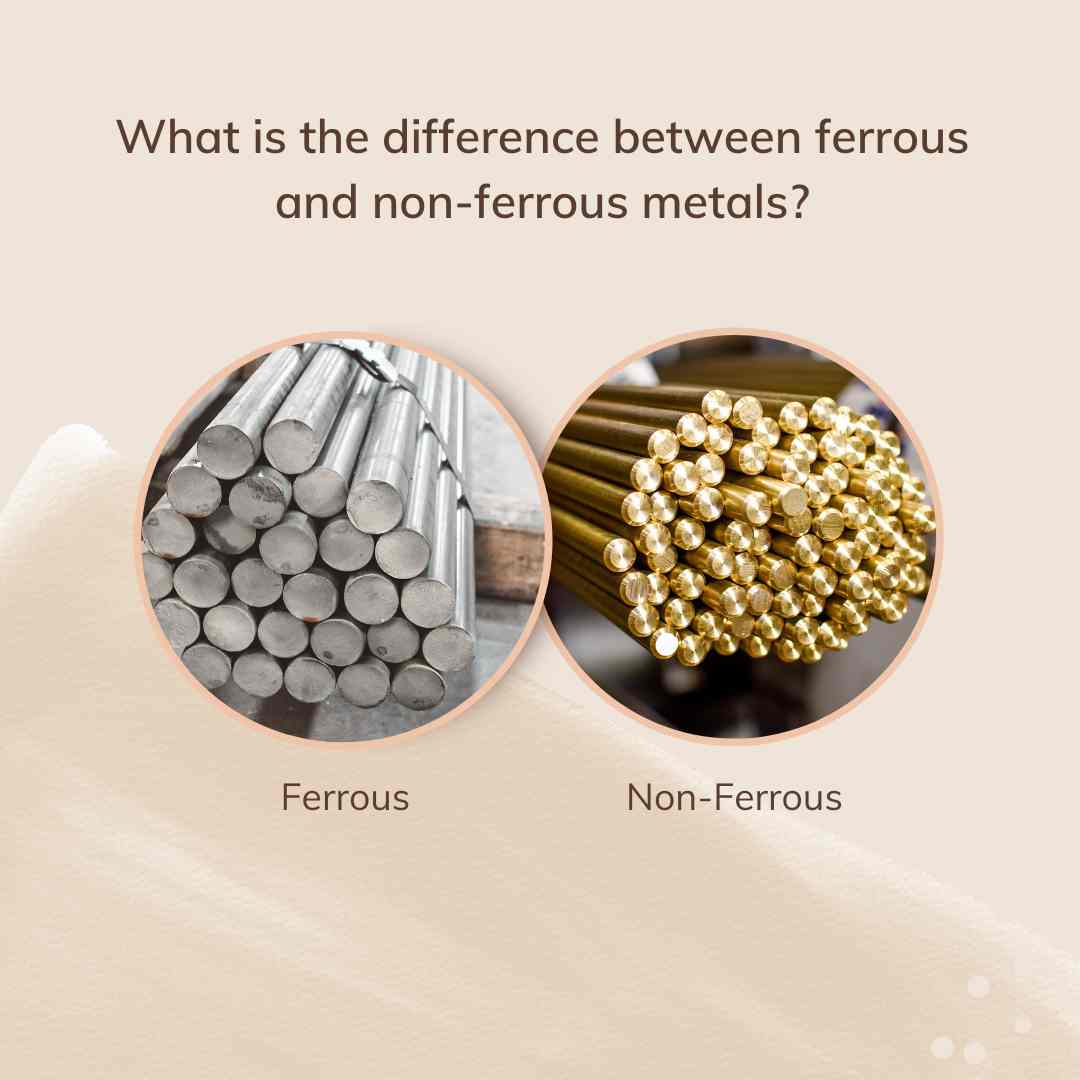
What Are NonFerrous Metals? Properties, Differences & Application
Non-ferrous metals are also non-magnetic, which make them suitable for many electrical and electronic applications. Some commonly used non-ferrous metals are copper, zinc, aluminum, lead, nickel, cobalt, chromium, gold, silver and many others. Some common non-ferrous metals used in industrial processes are: Aluminum. Copper.
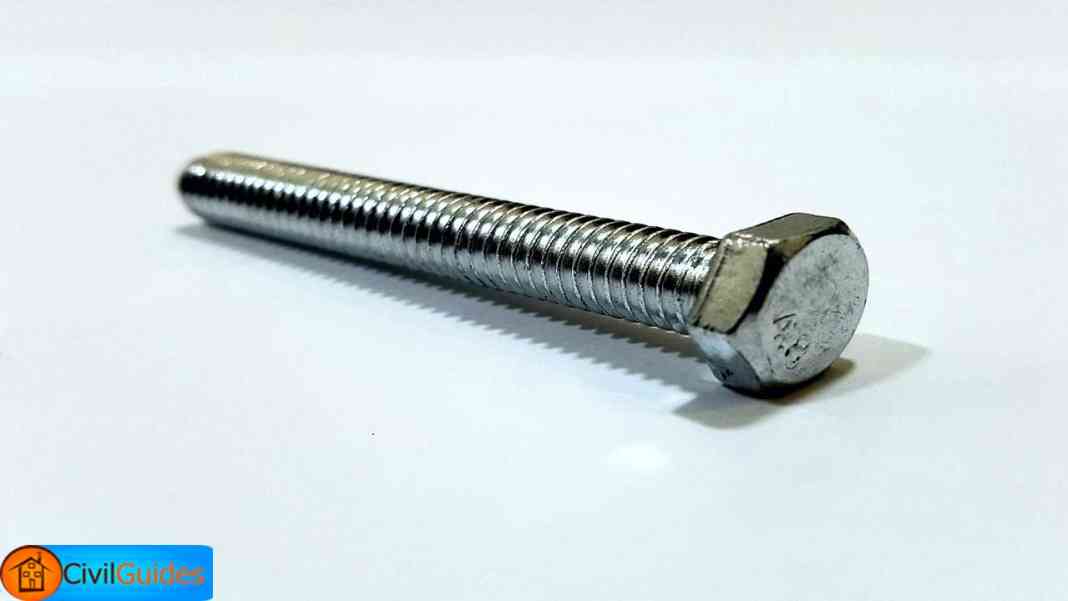
NonFerrous Metals; Types, Uses, Properties Guide]
Ferrous metals may include a lot of different alloying elements. Some examples are chromium, nickel, molybdenum, vanadium, and manganese. Those give ferrous steels material properties that make them widely used in engineering. A list of ferrous metal properties: Durable. Great tensile strength. Usually magnetic.
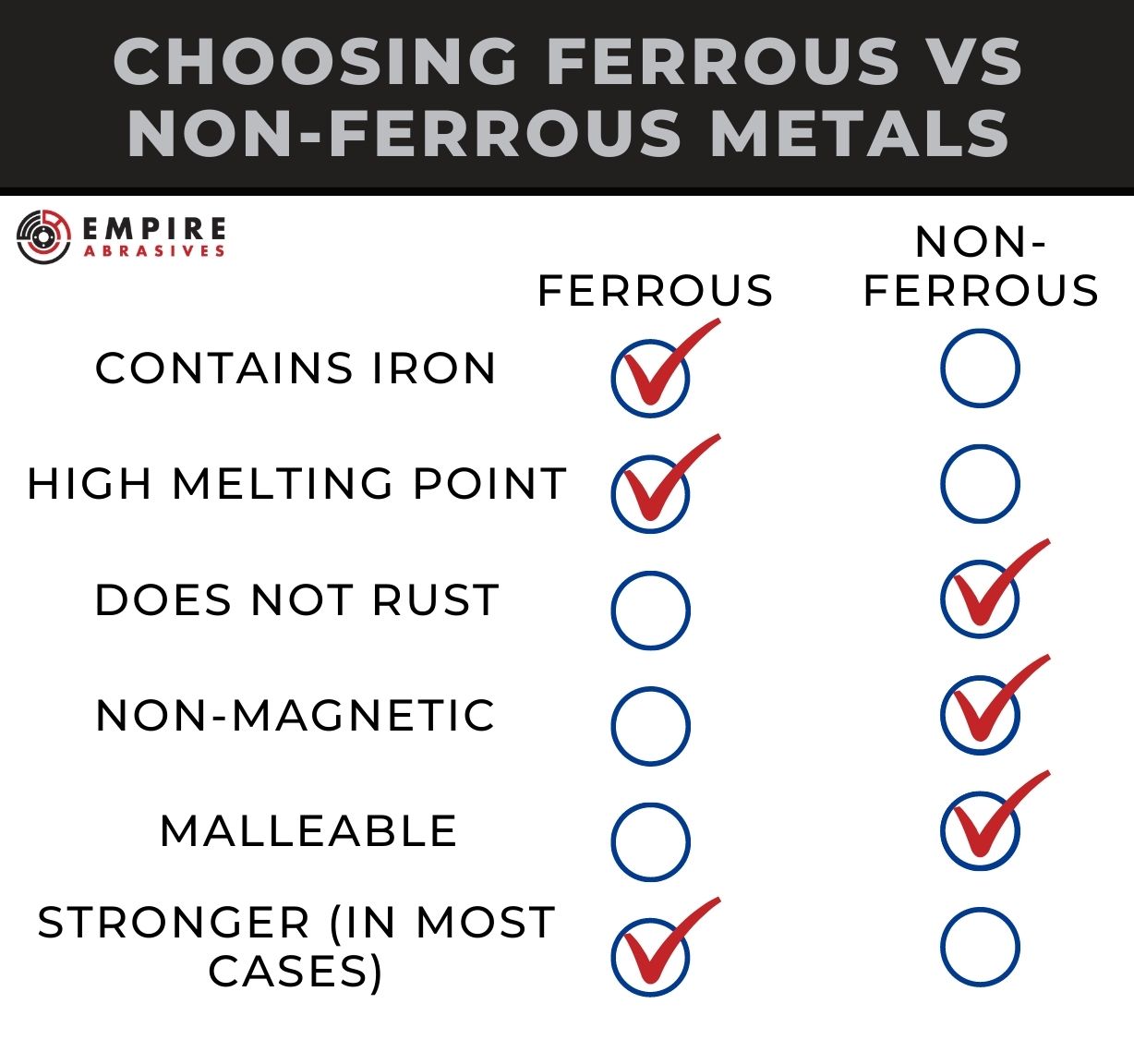
Ferrous vs NonFerrous Metals Brief History and Their Differences Empire Abrasives
With properties such as low density, high conductivity, resistance to rust and corrosion, high strength-to-density ratio, and non-magnetic ability, non-ferrous metals are ideal for structural applications. They are also ideal for metal parts manufacturing. Manufacturers refine these metals through electrolysis.

Metals Ferrous and Non Ferrous
4 Ferro- en non-ferrometalen. 5 Ferromagnetisme. 6 Toepassingen. 7 Edele en onedele metalen. 8 Zie ook. Inhoudsopgave tonen of verbergen. Metaal.. In de scheikunde is een metaal een van de 62 scheikundig elementen uit een van de volgende reeksen in het periodiek systeem der elementen: zes alkalimetalen (groep 1) zes aardalkalimetalen.
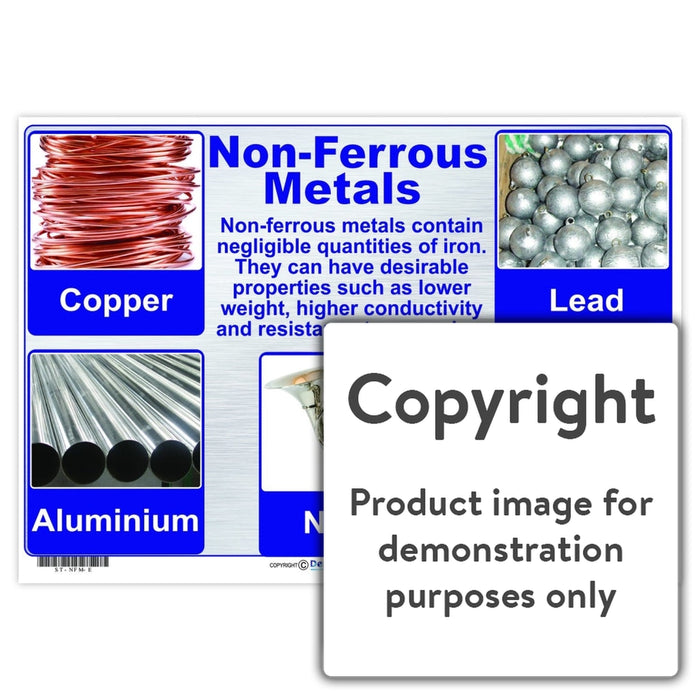
NonFerrous Metals — Depicta
Here are the key differences between ferrous and non-ferrous metals: Ferrous Metals. Non-Ferrous Metals. Iron Content. Ferrous metals contain a significant amount of iron, typically more than 50% by weight. Non-ferrous metals contain little to no iron. They have an iron content of less than 50%. Magnetic Properties.

Difference between Ferrous and Non ferrous metals Ferrous vs Non ferrous metals (English
De mogelijkheden van (non)ferro Het is fascinerend hoe de aan- of afwezigheid van één element - ijzer - de eigenschappen van een metaal zo dramatisch kan veranderen. Deze eigenschappen bepalen niet alleen de bruikbaarheid van het metaal in verschillende toepassingen maar ook hoe ingenieurs en ontwerpers plannen maken voor toekomstige.
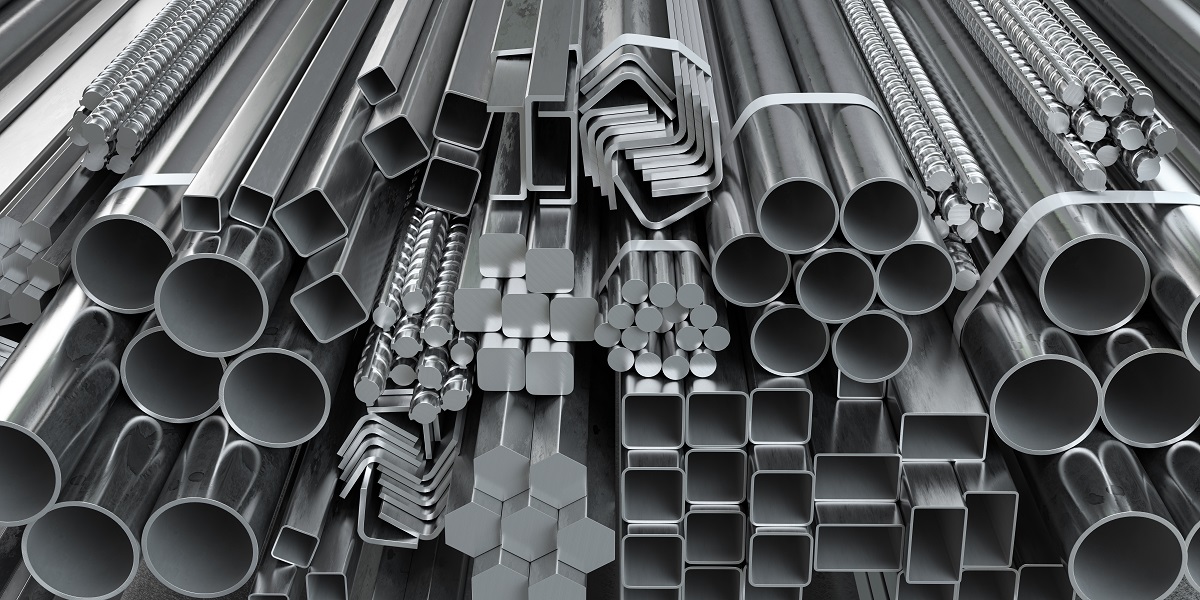
The Difference Between Ferrous and NonFerrous Metals
Een non-ferrometaal is een metaal dat geen ijzer bevat of waarin de legeringen ijzer niet als hoofdbestanddeel hebben (bijvoorbeeld koper, lood, aluminium, zink, brons en messing).Ook witmetalen behoren tot de non-ferro metalen.. Onderverdeling. De volgende onderverdeling wordt gebruikt bij non-ferrometalen: pure metalen: edelmetalen; zware metalen (ρ ≥ 5 g/cm³)
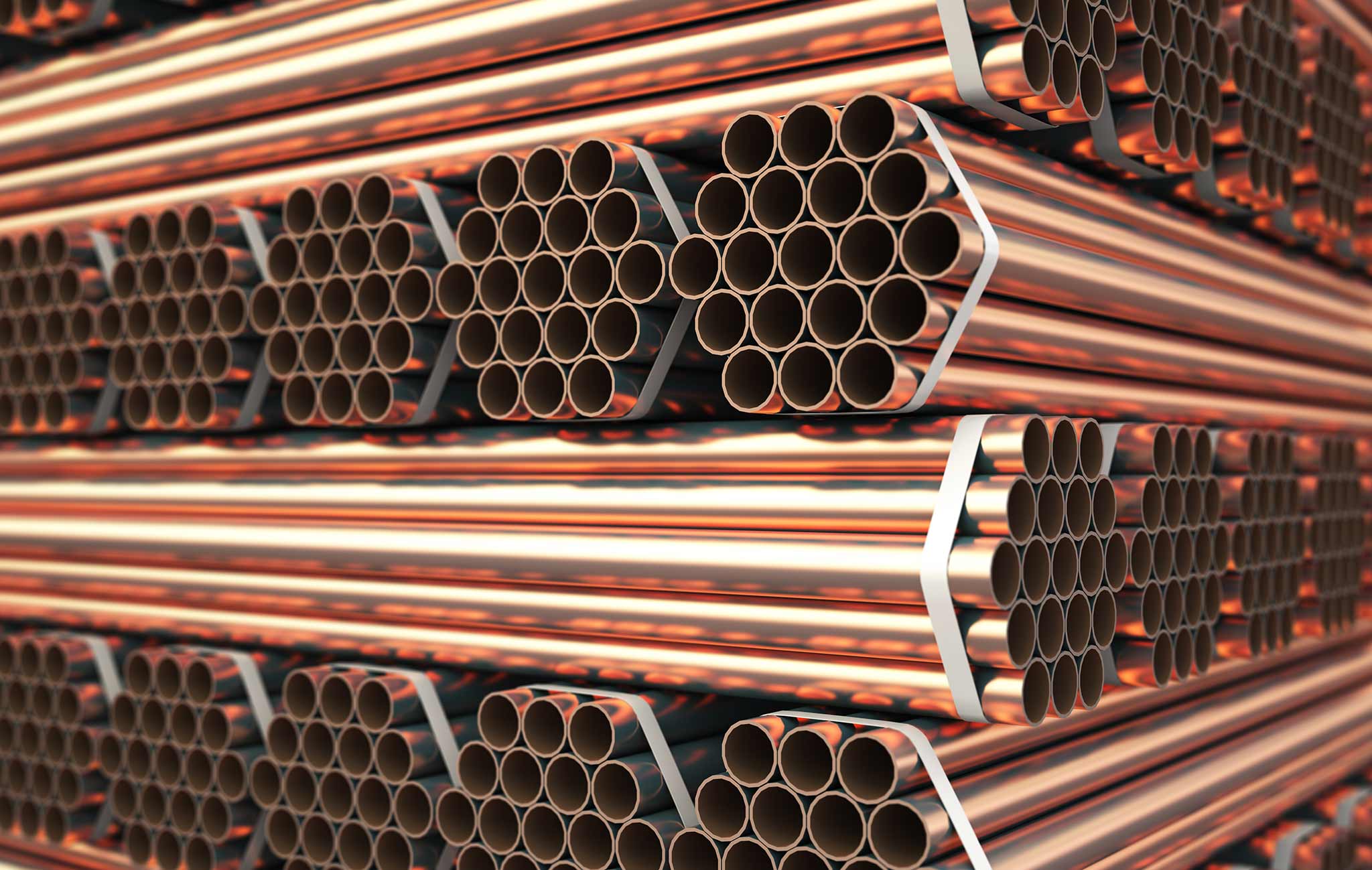
What Metals are Non Ferrous? (A Complete Guide) TWI
Non-ferro metalen hebben voordelen ten opzichte van ferro metalen, omdat ze lichter van gewicht en beter bewerkbaar zijn. Aluminium is bijvoorbeeld licht en kan gemakkelijk worden gegoten, gesmeed, bewerkt en gelast. Naast afvalcontainers plaatsen en ophalen en het verhandelen van schroot, zijn wij ook gespecialiseerd in de afbraak van.

Ferrous vs NonFerrous Metals Brief History and Their Differences Empire Abrasives
Non-ferrous metal separation is achieved using the spinning of an alternate polarity magnet, which generates circular electrical currents in non-ferrous elements present within the CDW flux ('eddy currents'). A force is generated perpendicular to the magnet spinning axis (Fig. 9.10).This pushes non-ferrous metals forward at the horizontal spinning magnet's edge, whilst all other grains.

What Are the Types of Nonferrous Metal?
Conclusion. When it comes to metal, the difference between ferrous and non-ferrous metals is clear. Ferrous metals are magnetic and contain iron, while non-ferrous metals do not contain any iron and are not magnetic. Understanding the difference between these two types of metal can help you make an informed decision when deciding which type of.

Nonferrous Metals Ofogheshayan engineering and commercial services co
Non-ferrous means without or not containing iron. A non-ferrous metal is a metal or combination of metals that have no traces of iron. All metals other than iron itself are technically non-ferrous.
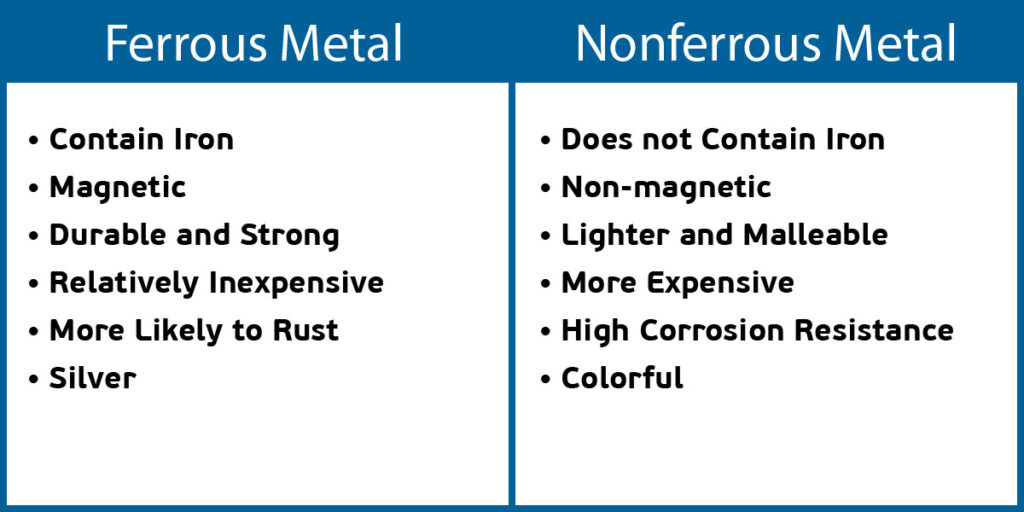
Ferrous Metals vs Nonferrous Metals What’s the Difference?
At first glance, the distinction between ferrous and non-ferrous metals is straightforward. Ferrous metals contain iron, whereas non-ferrous metals do not. However, there are more differences beyond this simple black-and-white definition. The composition and applications of ferrous and non-ferrous metals greatly vary.

Difference Between Ferrous And NonFerrous Metal A Detailed Guide
Tegenhanger van ferro metaal is non-ferrometaal is een metaal dat geen ijzer bevat of waarin de legeringen ijzer niet als hoofdbestanddeel hebben (bijvoorbeeld koper, aluminium, zink, brons en messing). Ook witmetalen behoren tot de non-ferro metalen. Onderverdeling. De volgende onderverdeling wordt gebruikt bij non-ferrometalen: Pure metalen:
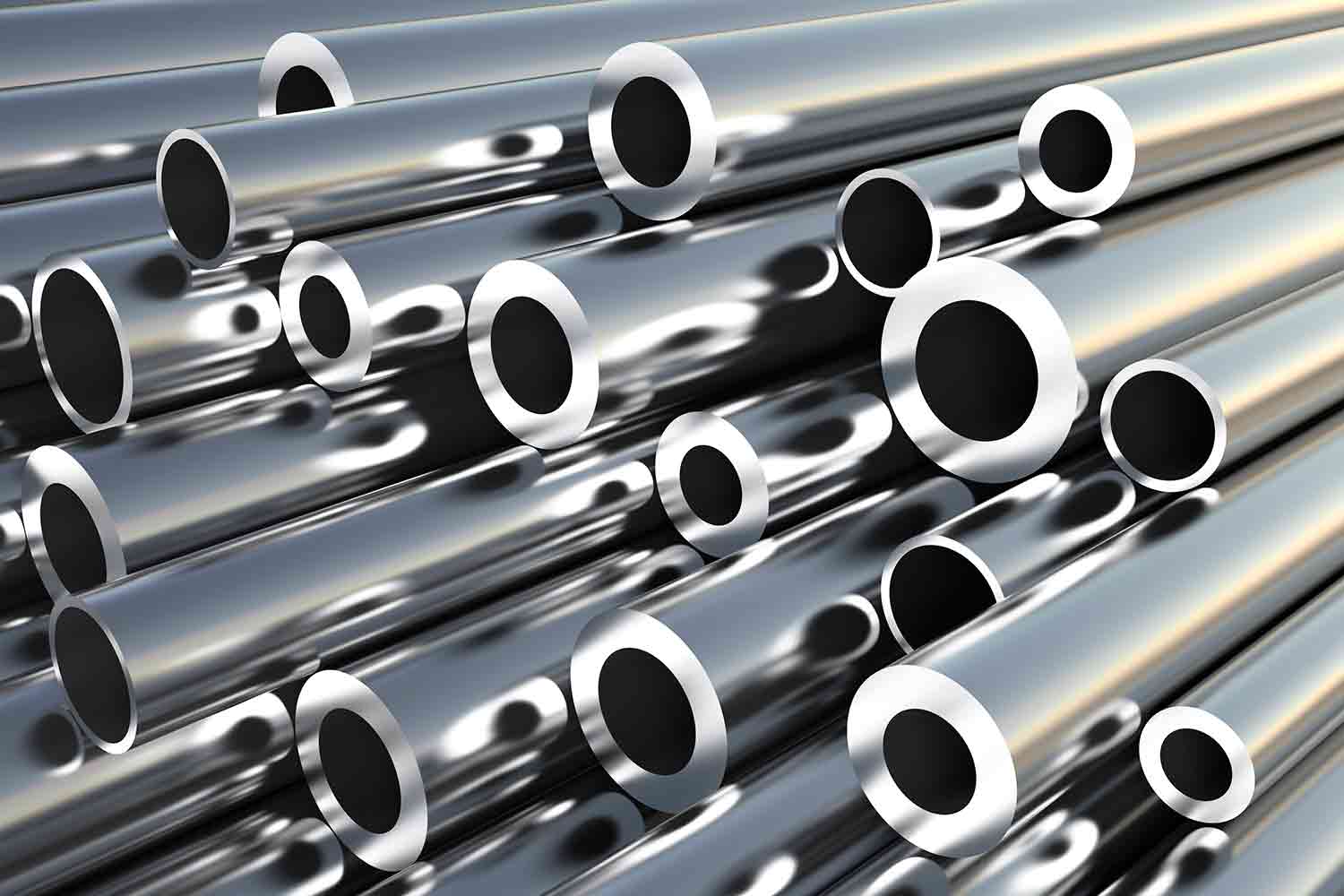
Differences Between NonFerrous and Ferrous Metals
Non-ferrous metals are alloys or metals that do not contain any appreciable amounts of iron. All pure metals are non-ferrous elements, except for iron (Fe), which is also called ferrite from the Latin 'Ferrum,' meaning "iron.". Non-ferrous metals tend to be more expensive than ferrous metals but are used for their desirable properties.
- Wie Zei Toi Toi Toi
- Klm Compensation For Delayed Flight
- Inn At Little Washington Restaurant
- Raw Bestanden Omzetten Naar Jpg
- Is Antwerp Worth A Visit
- Yunnan Jade Dragon Snow Mountain
- Hoe Laat Begint De 24 Uur Van Le Mans
- Sgp Lijst Tweede Kamer 2023
- Wat Doet Je Dikke Darm
- Roemeens Voetbalelftal Zwitsers Voetbalelftal Opstellingen